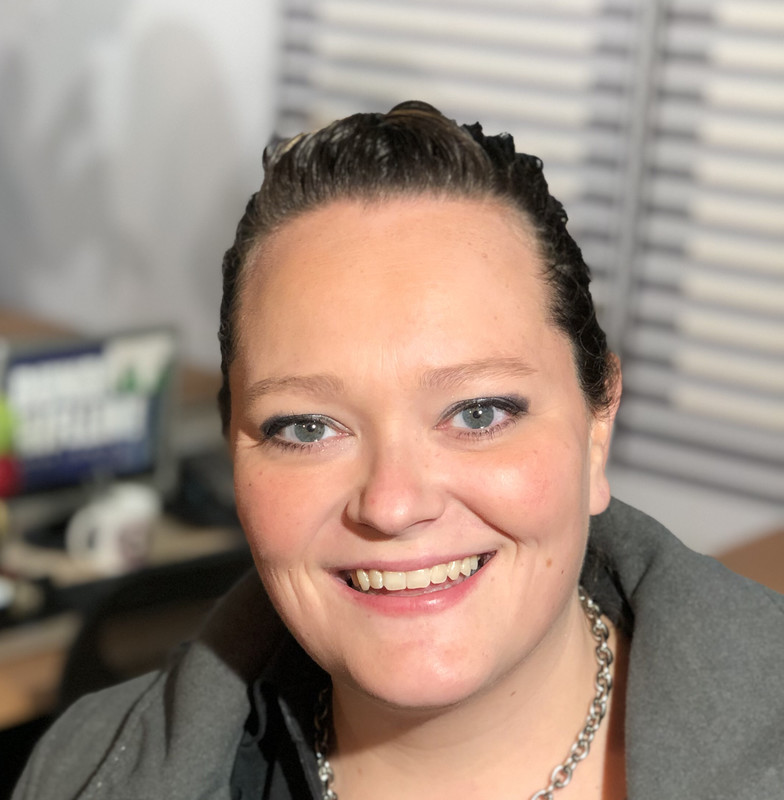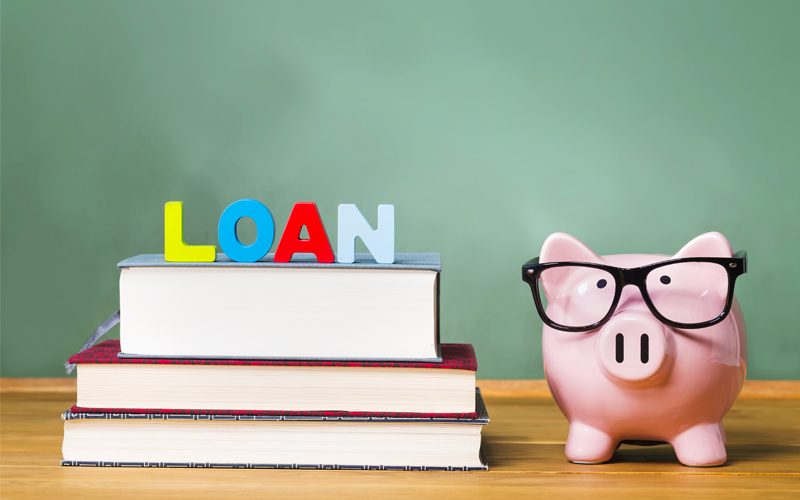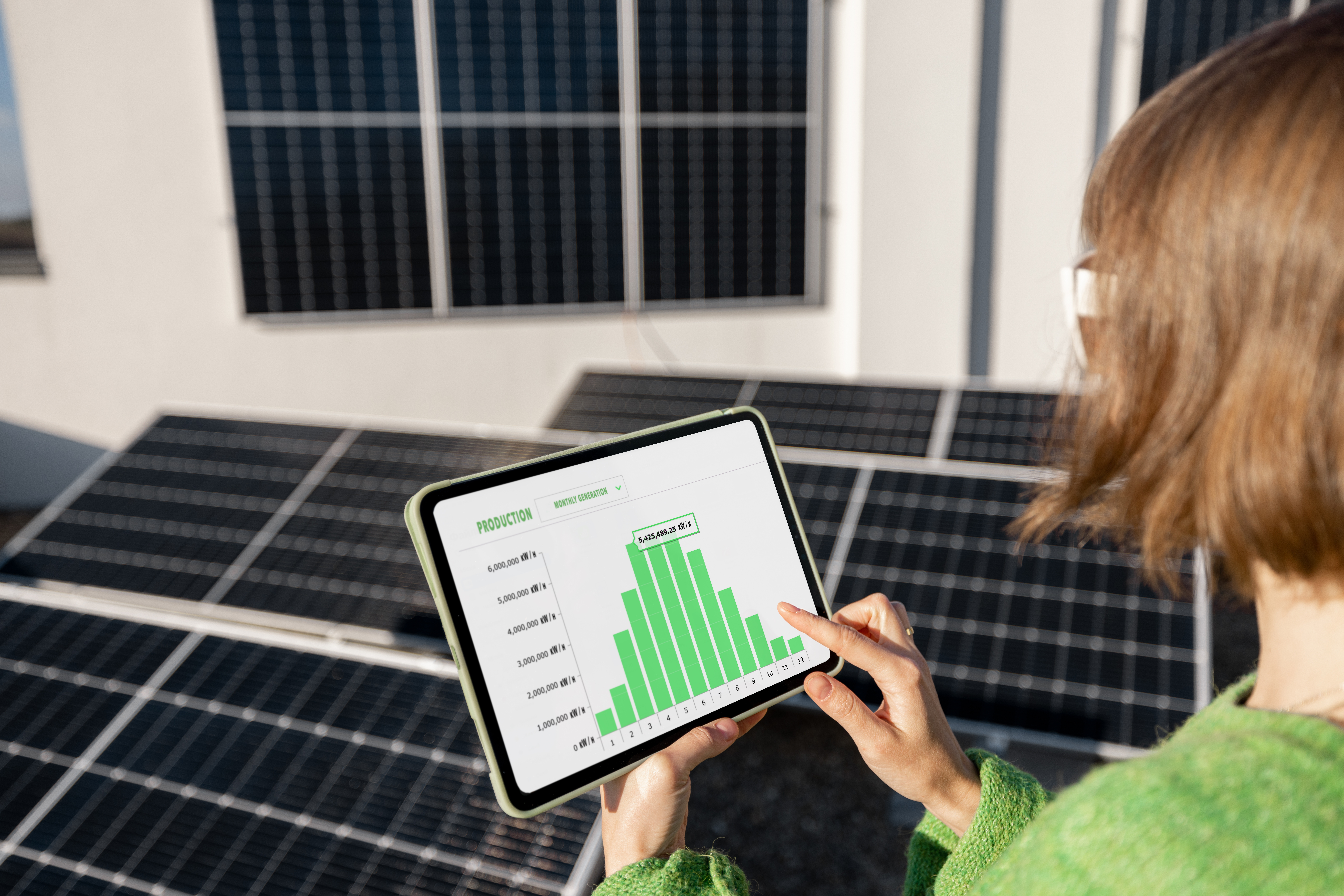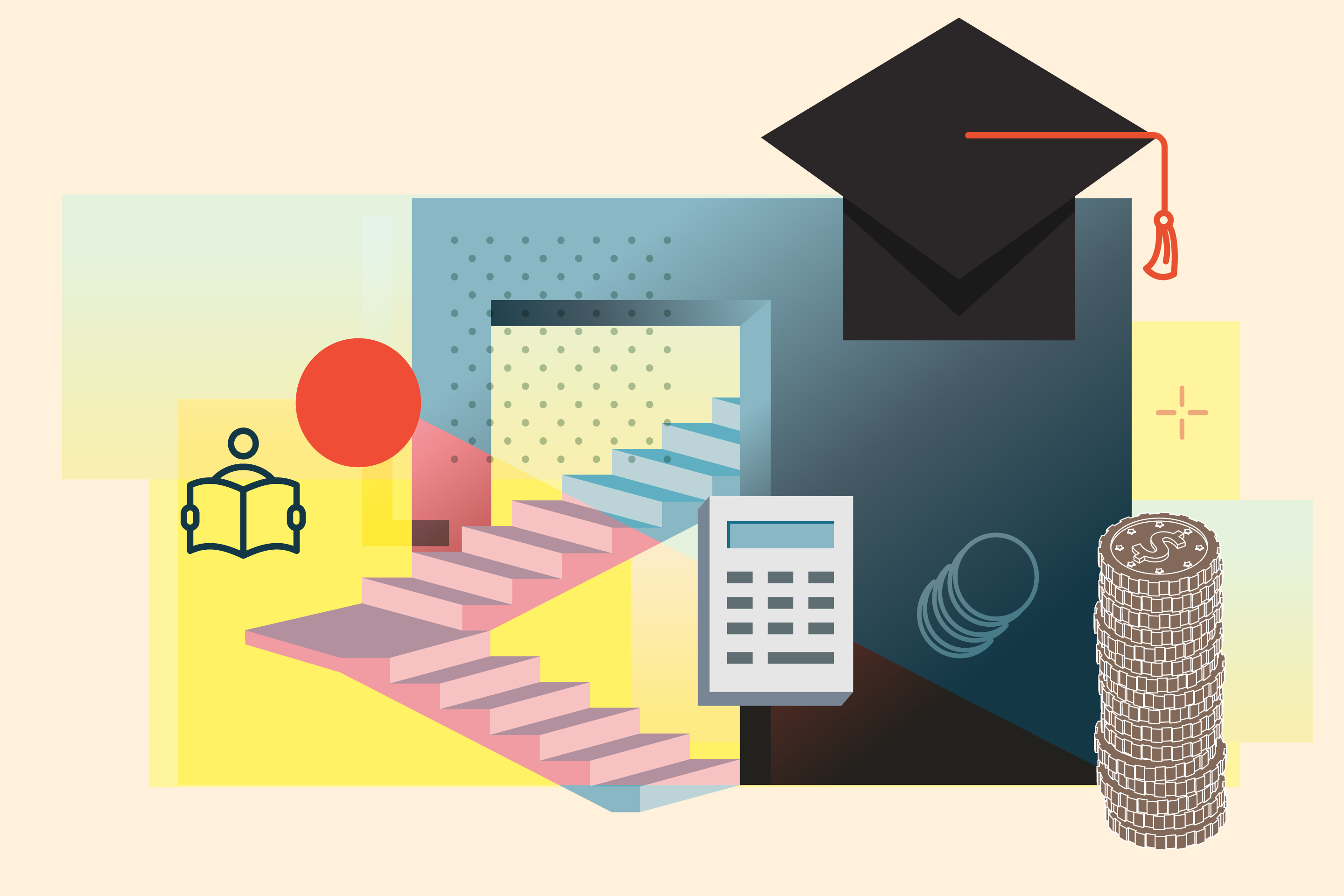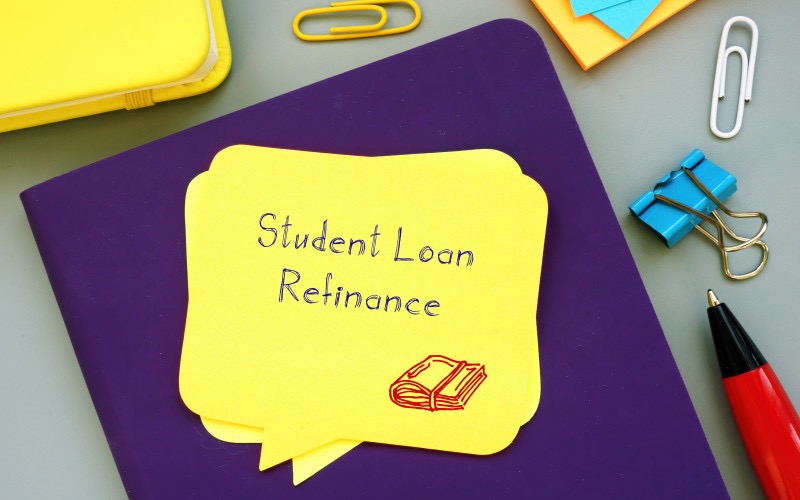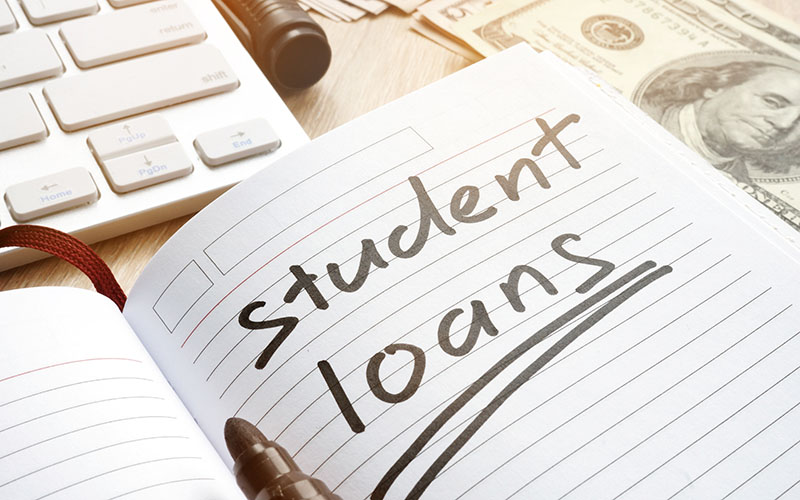How to Access the Top Student Loan Forgiveness for Teachers
Key Takeaways
- Teachers must be highly qualified, full-time, and serve 5 consecutive years (at least one after 1998) in a low-income school or educational service agency
- Options include Public Service Loan Forgiveness (PSLF), Teacher Loan Forgiveness (up to $17,500), Perkins Loan Forgiveness (up to 100% for qualifying teachers), and state-based programs
- PSLF requires 120 qualifying payments; Teacher Loan Forgiveness requires 5 years of service; Perkins forgiveness increases percentage-wise with each year taught
- While waiting for eligibility, teachers should use budgeting, debt payment plans, and cautious loan consolidation to manage payments effectively
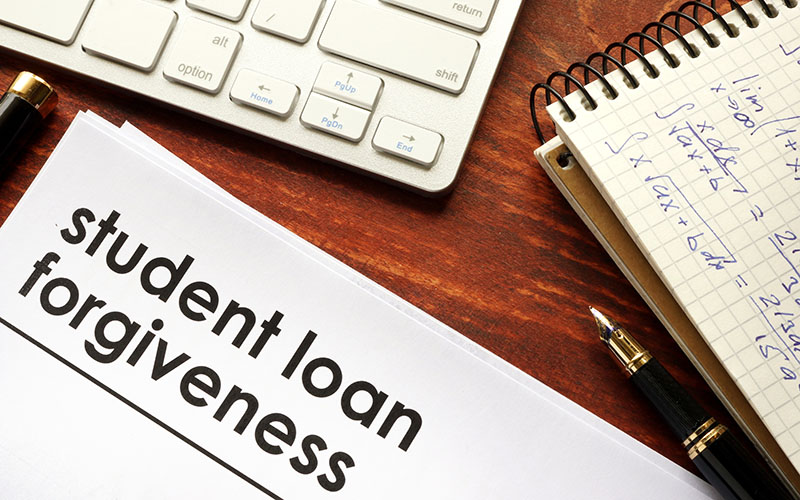
The Best Student Loan Forgiveness Programs for Teachers
Teachers spend many years in school to receive the training and licensure they need to educate the next generation of young students. Unfortunately, many of America’s most talented educators graduate from college with a significant amount of student loan debt. In this article, we’ll highlight several options for student loan forgiveness for teachers.
If you’re an educator, perhaps you’ve heard about some of the incentives that could help your efforts to erase debt. In this guide, we’ll highlight what makes you eligible for teacher loan forgiveness and how it works. You’ll also walk away with a practical comparison of different programs and how they work for you.
As an educator, you spend much of your professional life serving and helping others. Below are some of the programs that could help you.

What Makes Teachers Eligible for Student Loan Forgiveness?
Before you jump into an application process, you must first understand eligibility requirements for teacher loan forgiveness. While it might sound obvious, you must first be a teacher by definition. According to studentaid.gov, a teacher is one who “provides direct classroom teaching, or classroom-type teaching in a non-classroom setting.”
Per federal guidelines, other eligibility requirements for loan forgiveness include:
- Not having outstanding loan balances on Direct Loans or in the Federal Family Education Loan (FEEL) Program as of October 1, 1998
- Employed as a full-time, highly-qualified teacher for at least 5 complete and consecutive academic years (one of which must have been after 1998)
- Employed in an elementary or secondary school, or educational service agency, that serves a community of low-income or at-risk student populations
What is a highly qualified teacher?
In the case of student loan forgiveness, “highly qualified” refers to a specific set of criteria for teachers. In order to apply for loan forgiveness as a highly qualified educator, you must:
- Possess at least a bachelor’s degree
- Have full certification as a teacher in your state of residence
- Not have had any licensure guidelines waived on the basis of emergency or provision
Teachers who are new in their careers, and charter school teachers, may have additional requirements. Any educator in a unique situation should contact their loan service provider directly for clarity.
How Does Student Loan Forgiveness Work?
Student loan forgiveness offers several options when it comes to saving money over the life of a loan. In general, loan forgiveness programs function in three main ways. These options are:
- Loan forgiveness that is available based upon career or industry
- Loan forgiveness dependent upon regular and consistent repayments over time
- Loan forgiveness that happens as a result of extraordinary or unforeseen circumstances
To initiate the loan forgiveness process, you will likely be required to have at least a few years of industry service or repayment on record. This is because forgiveness programs aren’t offered right after graduation. There is typically a tradeoff, usually in time or service, that happens before you can start an application.
It’s important to note that forgiveness is different than having a loan discharged. The process for discharging a loan is only granted in extreme or rare circumstances. These reasons can include disability, identity theft, extreme financial hardship, and death.
4 Best Student Loan Forgiveness Options for Teachers
There are many available programs for teachers looking at student loan forgiveness. While it may take time to reach eligibility, the possibilities for significant debt relief are out there. Below are 4 of the most popular programs for teachers exploring loan forgiveness.
1. Public Service Loan Forgiveness Program
Public Service Loan Forgiveness (PSLF) is one of the most popular ways to secure loan forgiveness. The requirements for this program include making 120 consecutive loan payments. Documentation of these payments is required for approval.
To qualify for Public Service Loan Forgiveness, you must also:
- Work in a qualifying government agency
- Serve in a dedicated nonprofit organization that provides a public service
- Have federal Direct Loans (not other types of loans)
- Submit a required Employment Certification Form
While this continues to be a popular student loan forgiveness option for teachers, it does have steep requirements. The application process also includes detailed documentation that you should expect to provide prior to approval.
Teacher Loan Forgiveness
The Teacher Loan Forgiveness Program is, of course, a hugely popular choice among teachers. This program offers up to $17,500 of loan forgiveness for highly qualified teachers at approved schools.
Loan forgiveness applies to Direct and FFEL loans. Most importantly, teachers should be aware of the 5-year minimum employment qualification before applying. Once you’ve reached that benchmark in your career, you can submit an application through the federal website.
Perkins Teacher Loan Forgiveness
A Perkins Loan is based upon financial need during the time a student is in college. The Perkins Loan Forgiveness Program may qualify you to receive forgiveness on up to 100% of your student loan debt. Qualifications for this program include:
- Serving and teaching in a low-income school community
- Serving as a special education teacher for nearly any age group (including infants)
- Teaching in a field, such as mathematics, that has a shortage of experienced teachers in a given area or state
The Perkins Teacher Loan Forgiveness Program operates on a gradual scale. This means that for each consecutive year you teach, you’re eligible for a higher percentage of debt forgiveness. The Perkins program may also be relevant for service providers, such as librarians and early education providers, who meet the eligibility criteria.
State-Based Loan Assistance
Although not a federal option, state-based loan forgiveness for teachers is an important avenue to explore. State programs may differ based on where you live. They may also change based upon your state’s demographics and education needs.
Many states offer varying degrees of loan forgiveness based on the population you serve, the years of service you have, or your area of expertise. Contact your state’s education department to start your research and learn what you may qualify for.
How to Pay Down Your Teaching Student Loans
If you’re a teacher and you’re struggling under the weight of monthly loan payments, stay encouraged. If loan forgiveness options are on the horizon, consistency in the meantime is key to staying afloat. Give a few of the below strategies a try as you tackle your student loan debt.
- Create a debt payment plan. This type of plan starts out with an honest look at your financial goals. How can you make headway on debt as you wait patiently for the loan forgiveness process? Getting strategic could help you achieve more than you thought possible.
- Stick to a helpful budget. Most of the time, paying down debt requires sacrifices. Be mindful of excess spending and extra monthly expenses. The more you can trim (within reason), the more you can devote to loan payments.
- Explore other write-offs or benefits. Many times, teachers invest in their students and their classrooms through personal financial sources. Check with a qualified accountant to see if any of these expenses can cut down on your tax burden. You may also explore retirement or other savings options that help you qualify for a larger tax return.
- Consider consolidation carefully. While packaging multiple student loans into one simplified loan sounds ideal, be careful about how this could affect your payment history. In some situations, consolidation means that your repayment history is totally reset. This can lead to substantial delays in achieving loan forgiveness.

Explore Your Options
Hopefully, this comprehensive guide has prepared you with the tools you need to pursue student loan forgiveness. The federal government has resources available to relieve your debt burden, and it can make an enormous difference to take advantage of them.
The Credit Review is also here to equip you with the resources you need to make the best financial decisions possible. If you’re comparing loan forgiveness with other programs, such as student loan refinancing, don’t forget to check out some of our most popular articles.
Are student loans forgiven in full for teachers?
The Teacher Loan Forgiveness Program is the program that dictates loan forgiveness for teaching professionals. Under the guidelines of this program, teachers may be eligible for the forgiveness of up to $17,500 of either Direct Subsidized or Unsubsidized loans. While this often relieves significant debt for teachers, it does not necessarily forgive the loans in full.
How do I start the process for loan forgiveness as a teacher?
There is a five year requirement for teacher loan forgiveness. After you’ve waited the necessary time period, you can apply using the Teacher Loan Forgiveness Application. This document is available on the federal student aid website, studentaid.gov. You can submit this application directly to your loan servicer, which will kickstart the process.
Can I get both teacher and public service loan forgiveness?
The federal student aid website clarifies that you actually can receive loan forgiveness both through the Teacher Loan Forgiveness Program and the Public Service Loan Forgiveness Program. However, you cannot receive loan forgiveness from these separate programs at the same time. Additionally, there may be some overlap in consecutive payments, which could hinder your eligibility to use both programs.
Is there a set time period at which all loans are forgiven?
There is currently not an overarching program that forgives student loans after a certain point. If you’re in a relevant occupation, there are timelines that you must follow before applying for loan forgiveness. It may take anywhere from 10 to 25 years to pay off student loan debt in full.
What if I’m not eligible for student loan forgiveness?
If you don’t qualify for student loan forgiveness programs, there are other options that you can explore. If paying down your student debt at a faster rate is not feasible in your personal situation, you ca
Edited by:
Bryan Huynh
•
Product Tester & Writer
